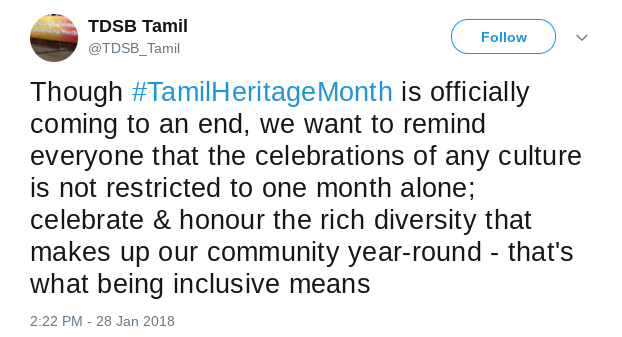
What’s up with Ontario’s Health Curriculum? … 10% is what’s up!
It’s June 2018 and the newly elected Ontario Conservative government is planning to pull the most recently updated 2015 Health and Physical Education Curriculum. I interpret this statement as meaning that Ontario’s Ministry of Education will use the previous Health and Physical Education Curriculum which was released in 1998.
Up to this point, the Health and Physical Education Curriculum had not been updated since 1998 and in 2010 a revised Health and Physical Education Curriculum was in the works of being released. The addition of same-sex relationships in the specific Health Curriculum resulted in significant political backlash. The release of the revised 2010 Health and Physical Education Curriculum was dropped by the former premier, Dalton McGuinty, within hours after his education minister defended it in the legislature (CBC News, April 18th, 2018).
Up to 2015, the last Health and Physical Education Curriculum was 17 years old. With the impact of social media and an increased access to the Internet, students needed an updated curriculum that included information on online safety, healthy relationships, consent, mental health, and the risks of “sexting”. As an 11-year middle school teacher, I experienced schools already dealing with challenges around these issues. Ontario teachers needed tools to educate students to deal appropriately with the realities of school after 2000.
The 2015 Health and Physical Education Curriculum, reflects health, safety, and well-being faced in schools now. It was developed in consultation with the ministry, parents, students, teachers, faculties of education, university, colleges, and other organizations such as the Centre for Addiction and Mental Health, The Ontario Public Health Association, and the Healthy Schools Coalition. Further, more than 70 health-related organizations submitted reports for consideration and thousands of people provided feedback (Government of Ontario, February 23, 2015, Updated Health & Physical Education Curriculum). In 2014, more than 4000 parents were involved in the consultation process of the Health and Physical Education Curriculum (CBC News, April 18, 2018).
The now 20 year old Health and Physical Education Curriculum not only had to be updated to deal with the realities of the social media and instant access to information, it also addressed the changing realities of human development. The World Health Organization indicated that “girls are entering puberty as early as seven years old, which is significantly earlier than in previous generations” and “found that providing kids with comprehensive sexual health information helps prevent early sexual activity and negative health outcomes”. In addition, research documented that the majority of parents wanted schools to provide information on sexuality (Government of Ontario, April 2015, Updated Health & Physical Education Curriculum)
What’s in the Health and Physical Education Curriculum?
The 2015 Health and Physical Education curriculum has four main sections for each grade (Students also learn about mental health across the curriculum):
- Living Skills: understanding themselves, communicating and interacting positively with others and learning to think critically and solve problems
- Active Living: active participation, physical fitness and safety
- Movement Competence: skills for moving properly and with confidence
- Healthy Living: learning about health, making healthy choices, and understanding the connections to everyday life
Based on my experience as a teacher, parents usually have few concerns about Living Skills, Active Living, and Movement Competence sections of the Health and and Physical Education curriculum. The Healthy Living section includes topics about food, safety at home, school and in the community, alcohol and other substances, and a section on Human Development and Sexual Health. Some parents are specifically concerned with health education dealing with sexual activity and health. Note that the sexual health curriculum makes up only 10 per cent of the Health curriculum (Basian cited in CBC News, Apr 18, 2018).
Even today, there continues to be many rumours spread about the Health curriculum. A few weeks ago a parent asked me if the grade 1 students were going to see videos about how to have sex. In May 2015, the Toronto Star Reporter, Robin Levin King, dealt with some of these uninformed claims (copied verbatim from May 2015, Robin Levin King, Toronto Star Reporter):
The chart below shows what students will learn in the Healthy Living portion of their Health and Physical Education classes. The Human Development and Sexual Health (i.e. sex ed.) component of the Health and Physical Education curriculum guides teachers to plan what they teach with the goal of establishing a foundation of mutual respect, and understanding for diverse perspectives in the classroom. This curriculum is not meant to ever replace the role of parents in educating their children about sexual health.
.
The Human Rights of Gender Equity and Gender Expression
Upholding human rights in Ontario is a fundamental principal of Ontario’s society and culture. In 2012, “gender identity” and “gender expression” were added to the Ontario Human Rights Code. Based on gender equity and gender expression, this made the discrimination and harassment of these persons against the law. This meant that all people should be treated with dignity and respect and have the same opportunities and benefits which includes persons who identify as “transgender, transsexual and intersex persons, cross-dressers, and other people whose gender identity or expression is, or is seen to be, different from their birth sex” (Government of Ontario, 2018, Gender Equity and Gender Expression).
Given that discrimination and harassment of people who identify as LGBTQ2S – Lesbian, Gay, Bisexual, Transgendered, Queer, and/or Two Spirited (i.e. gender identity or gender expression) is against the law, students need to know what these terms mean. Further, students need to know how to deal with harassment that is happening to them or others. These topics are part of the Ontario Health and Physical Education Curriculum and originate from the Ontario Human Rights Code. Eliminating these topics could result in fewer people being informed of gender based human rights and increased violations of these laws. The Ontario Human Rights Code was revised based on public consultation. To fully implement the new Code, significant legal decisions and policy changes were released in 2014. The Ontario Human Rights Code must be upheld in education curricula and in all Ontario schools.
Relevant Resources and Policies are listed below:
.
Gender Identify within the Ontario Health and Physical Education Curriculum
When teachers are planning instruction and considering class groupings, they should be aware of and consider the needs of students who may not identify as “male” or “female”, who are transgender, or who are “gender-non-conforming”.
For more information about gender identity, gender expression, and human rights, see the website of the Ontario Human Rights Commission.
Teachers should also acknowledge and respect individual differences regardless of sex or gender identity that will encourage student participation and help students learn to collaborate with and respect others. Strategies for encouraging understanding and mutual respect among students include:
- creating an inclusive and welcoming atmosphere in the class and supporting all students to be active participants;
- fostering authentic opportunities for students to provide input into learning activities and approaches;
- providing opportunities for all students to assume leadership roles;
- encouraging and respecting the interests and abilities of all students;
- ensuring that responsibilities are shared equally by all students.
In 2018, Ontario and the world is a very different place dealing with a plethora of social and economic issues. Education curriculum needs to be updated on a regular basis to reflect society and its issues. Ontario cannot go back twenty years in any curriculum, especially in the Health and Physical Education Curriculum. So that means Ontario’s education curriculum can only move forward.
It took over 16 years to update and implement the last Health and Physical Education curriculum. Updating and revising curriculum takes a lot of people hours and multi-level consultation – this means it also costs lots money to make changes. Simply using a black marker to redact all the controversial parts isn’t going to cut it! My guess is that four years (i.e. a political government rein) is not enough time for the Health and Physical Education Curriculum to be updated.
And for my good friend and colleague @FAPareja, here’s the curriculum download of all Ontario teachers to access:
Collaboratively Yours,
Deb Weston
References
CBC News, (April 18, 2018). The facts about Ontario’s sex ed curriculum, Downloaded from http://www.cbc.ca/news/canada/ottawa/ontario-sexual-education-curriculum-election-1.4624512
Government of Ontario, (2018). Gender Equity and Gender Expression) http://www.ohrc.on.ca/en/code_grounds/gender_identity
Goverment of Ontario, (2018). Ontario Human Rights Code. Downloaded from Ontario Human Rights Commission at www.ohrc.on.ca/en/code_grounds/gender_identity.
Government of Ontario, (2015). Health and Physical Education Curriculum, Grades 1 to 8 Downloaded from www.edu.gov.on.ca/eng/curriculum/elementary/health1to8.pdf
Government of Ontario, (February 23, 2015). News Release Ontario Releases Updated Health & Physical Education Curriculum, Parent Resources: Promoting the Health and Well-Being of Students Downloaded from https://news.ontario.ca/edu/en/2015/02/ontario-releases-updated-health-physical-education-curriculum-parent-resources.html
Government of Ontario, (April 2015). Ontario Releases Updated Health & Physical Education Curriculum, Parent Resources, Downloaded from https://news.ontario.ca/edu/en/2015/02/ontario-releases-updated-health-physical-education-curriculum-parent-resources.html
King, R. L., (May 4, 2015). Toronto Star, Downloaded from https://www.thestar.com/news/gta/2015/05/04/fact-checking-10-claims-made-by-parents-against-the-ontario-sex-ed-curriculum.htmlhighlights

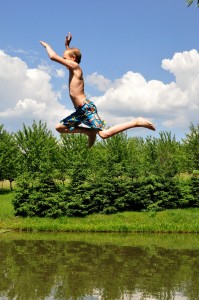


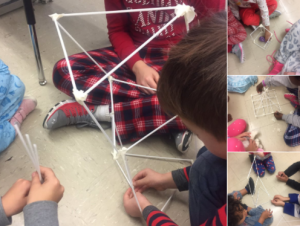
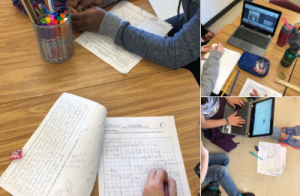

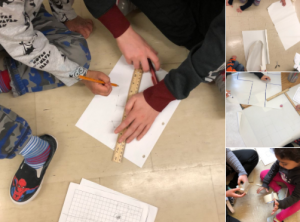
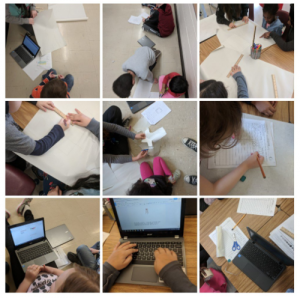 Next week we are on to our build and learning about hand tool safety in kindergarten. It’s sure to be a new adventure and I can’t wait to see and share the actual solutions that they create.
Next week we are on to our build and learning about hand tool safety in kindergarten. It’s sure to be a new adventure and I can’t wait to see and share the actual solutions that they create.